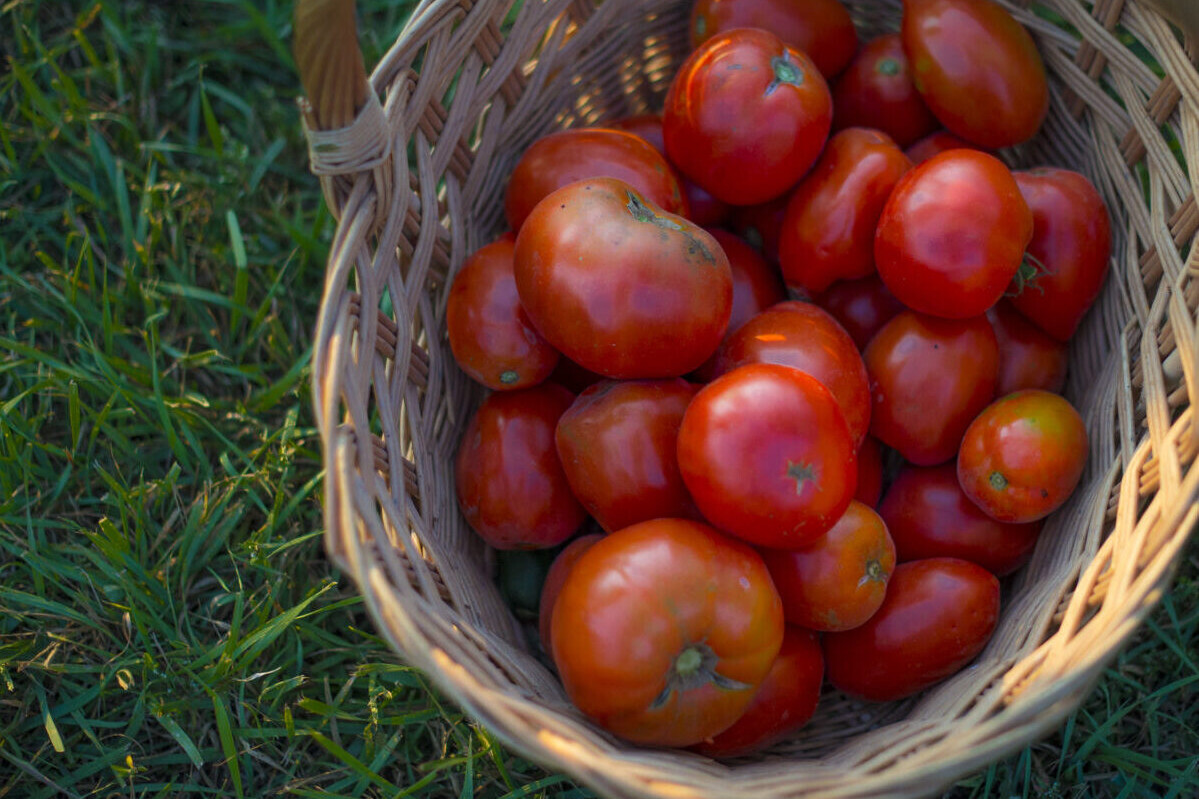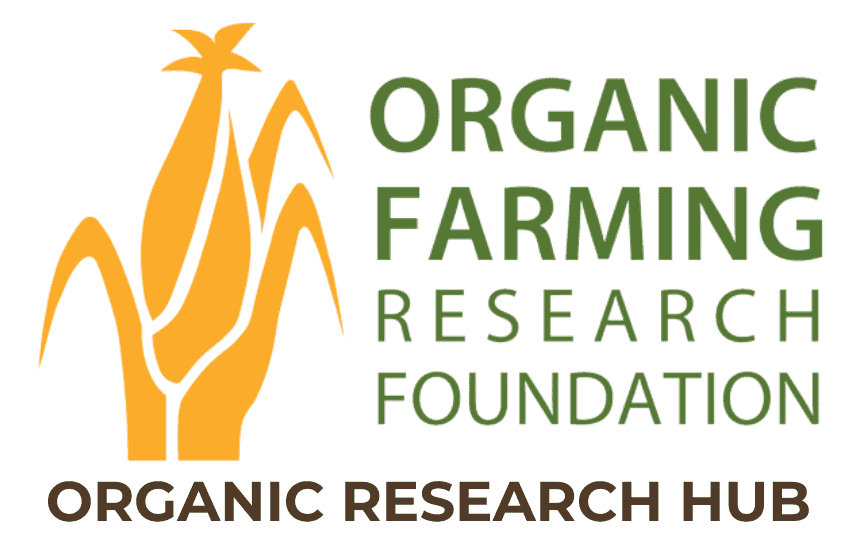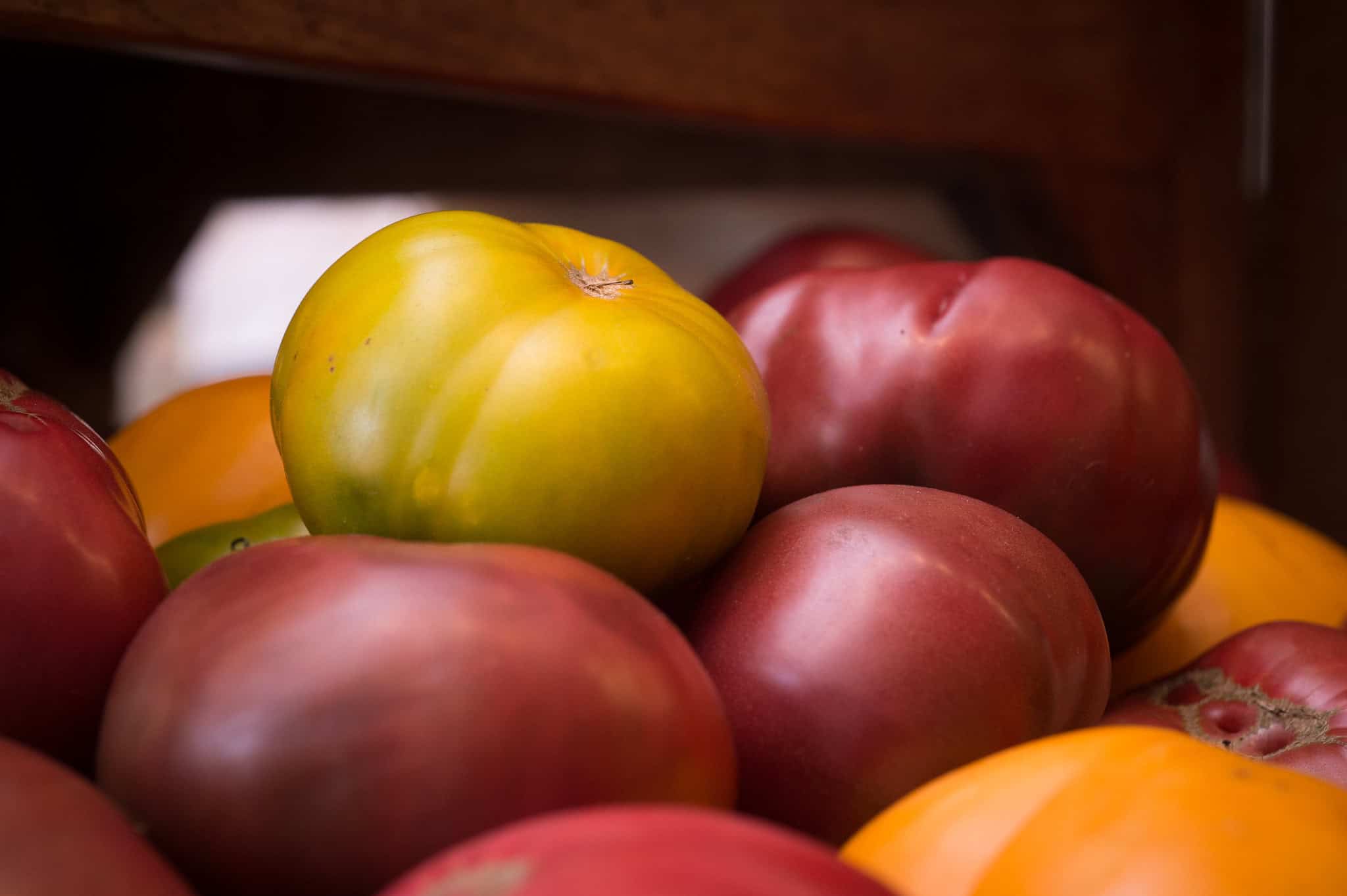Tomato Foliar Disease Control Using OMRI-Approved Materials
Abby Seaman, New York State Integrated Pest Management Program

Seven materials approved for organic production were tested for foliar disease control on tomatoes on a certified organic farm in western New York. Four were commercial products registered for disease management on tomatoes (Plantshield, Mycostop, Trilogy, Champion WP). Three were materials thought to strengthen plant health and disease resistance through either soil or foliar application (CaCO3, SW-3, Humega). Plantshield is a formulation of the beneficial fungus Trichoderma harzianum labeled for foliar and soil drench applications. In previous trials, a Plantshield drench treatment at transplanting reduced levels of early blight (Alternaria solani) on tomato, possibly by acting as a plant resistance inducer. Mycostop is a formulation of the beneficial actinomycete Streptomyces griseoviridis labeled for seed treatment, potting soil amendment, and drench applications that had also significantly reduced early blight in a previous trial. Trilogy is a neem oil extract labeled for disease and mite control on a variety of fruit and vegetable crops. Trilogy significantly reduced early blight levels in one of two previous trials. Champion WP is a fixed copper fungicide widely used for control of fungal and bacterial pathogens. We included the CaCO3 treatment to address the hypothesis that plants grown in soils with high calcium base saturation levels are more resistant to insects and diseases. We drenched the plants with a suspension of finely ground high calcium limestone three days after planting. We did not test the soil base saturation after the drench application, so donít know if Ca levels were elevated compared with other treatments. SW-3 is a cold processed homogenized kelp product that is advertised to maximize plant growth and root development through the action of macronutrients, trace elements, cytokinins, and betaines. Humega is a liquid humic acid derivative that is advertised to increase the availability of micronutrients, promote soil aeration and water penetration, and enhance the photosynthetic rate of plants. We hypothesized that the SW-3 and Humega applications may decrease foliar disease through increased plant vigor or by acting as resistance inducers.
Region
Northeast/Mid-Atlantic
Topic
Disease Management
Category
Vegetables/Fruits
Date Range
2001-2010
Funding Amount
$5,660
Funding Year
2003Location
Geneva,
Collaborators
Helene Dillard, New York State Agricultural Experiment Station
Ann Cobb, New York State Agricultural Experiment Station
Steve Porter, Porter Farms



